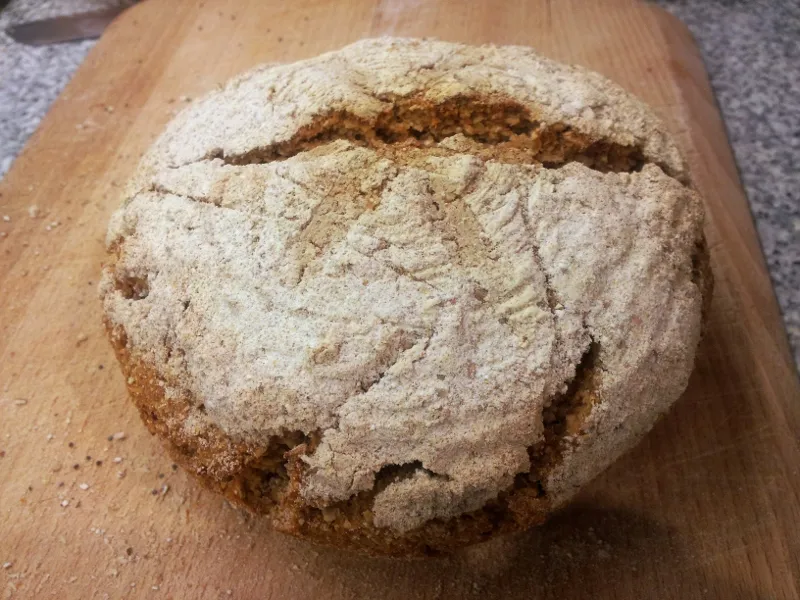40% Rye + 60% Spelt Revisited

Tailrunner's recent post
http://www.thefreshloaf.com/node/35029/40-rye-60-spelt-ryw-and-whey
brought my attention back to a bread I posted about here
http://www.thefreshloaf.com/node/28855/spelt-beach
and which I hadn't made for a while.
This made myfingers itch, and I made a 1000g loaf using spelt biga with a tiny amount instant dry yeast, instead of adding the yeast to the final mix.












